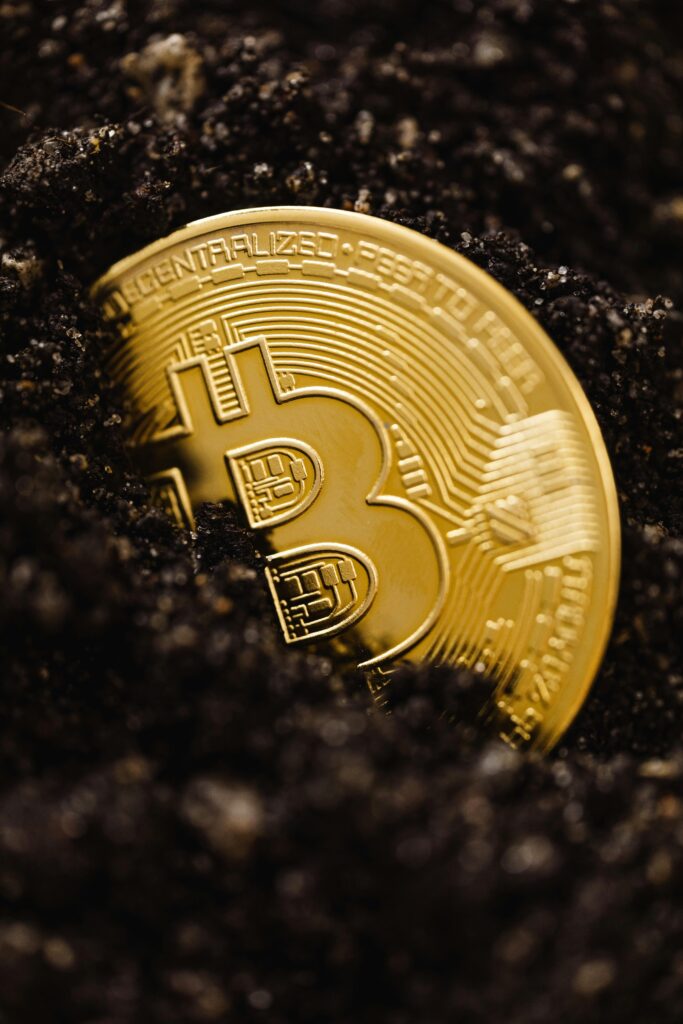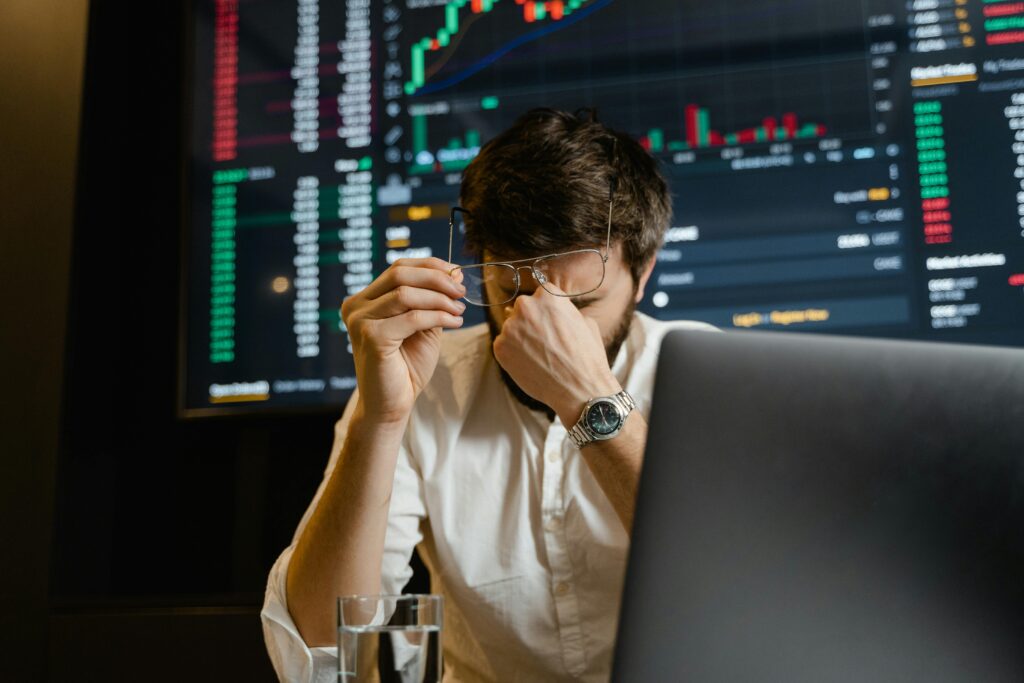Introduction
Have you ever wondered where your food, clothes, or electronics really come from? Traditional supply chains are complex and often lack transparency. In 2025, blockchain technology is transforming supply chains by making them more secure, transparent, and efficient. Here’s how.
1. What’s Wrong with Traditional Supply Chains?
- Too many middlemen.
- Limited visibility for consumers.
- Risk of fraud, counterfeiting, or data manipulation.
- Delays and inefficiencies in global trade.

2. How Blockchain Solves These Problems
Blockchain acts as a digital ledger that records every step of a product’s journey.
- Data cannot be altered once recorded.
- Every participant in the supply chain can verify transactions.
- Increases trust and accountability.

3. Real-World Use Cases in 2025
Food Industry
- Track food from farm to supermarket.
- Consumers can scan QR codes to see where their food was grown.
Example: Walmart uses blockchain to track mangoes and leafy greens.
Pharmaceuticals
- Prevents fake drugs from entering the market.
- Ensures medicines are stored under correct conditions.
Example: Tracking COVID-19 vaccines safely.
Fashion and Luxury Goods
- Proves authenticity of luxury items like handbags and watches.
Example: Prada and LVMH use blockchain for product verification.
Logistics & Shipping
- Smart contracts automate customs clearance and payments.
Example: Maersk and IBM use blockchain for global trade.
4. Benefits for Businesses and Consumers
- Transparency: Customers trust brands more.
- Efficiency: Faster processing and fewer errors.
- Security: Harder for counterfeit goods to enter the system.
- Sustainability: Easier to track ethical sourcing.

5. Challenges Ahead
- High costs for companies to adopt blockchain.
- Need for industry-wide cooperation.
- Scalability as global supply chains grow.
Conclusion
In 2025, blockchain is making supply chains smarter, safer, and more reliable. From food safety to luxury goods, blockchain builds trust between businesses and consumers. As adoption grows, expect a world where you can trace the story of every product you buy — right from its source.